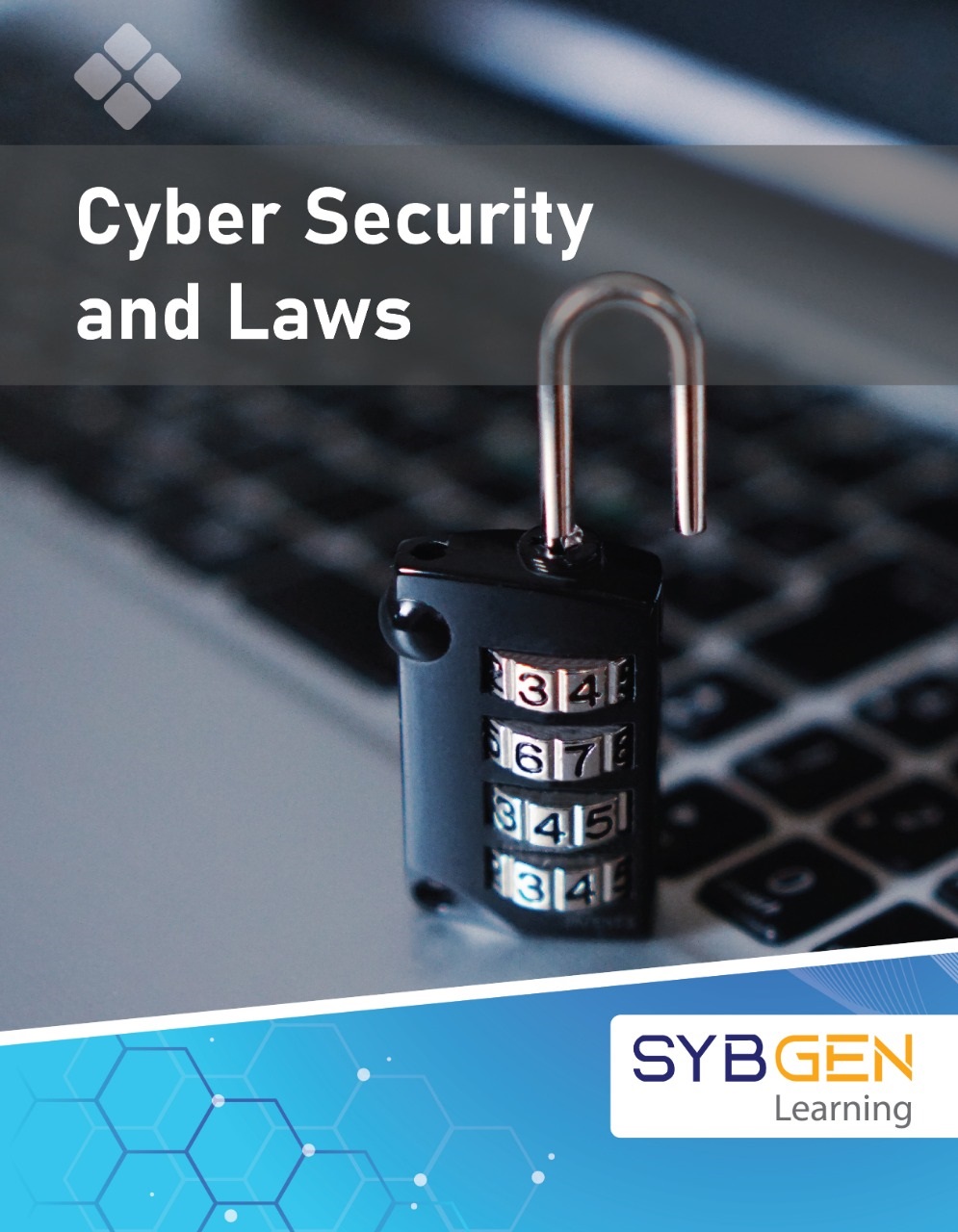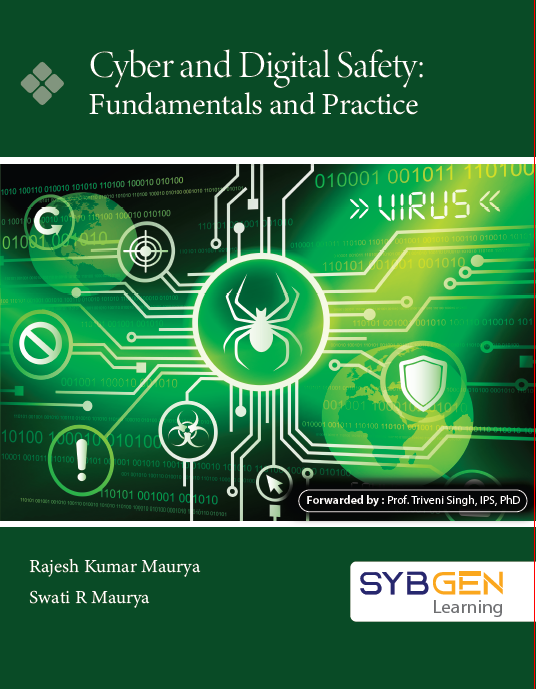Description
The book, Cyber Security and Laws: An Introduction, focuses on presenting the readers with the latest concepts in the field of cybersecurity. The objective of the book is to equip the readers with fundamental knowledge about various threats, tools and methods used to implement a cyberattack. It also discusses the relevant laws and standards governing cyberspace in India and the world.
Chapter 1, Introduction to Cybercrimes, introduces the readers to the concept of cybercrime through its definition and classification. It also talks about some of the recent cyberattacks and statistics related to cybercrimes in India. Chapter 2, Cyber Offences, describes various cyber offences and discusses them with respect to social engineering, cyberstalking, cybercafé, botnets, attack vectors, and cloud computing.
Chapter 3, Cybercrime using Mobile and Wireless Devices, describes security challenges posed by mobile devices, credit card frauds, authentication, and attacks on mobile devices.
Chapter 4, Cyber Attacks: Tools and Methods, discusses various tools and methods used for cyberattacks such as tools for reconnaissance, network scanning, password cracking, keyloggers, and malware. It also describes attacks such as DoS/DDoS, SQL injection, buffer overflow, phishing, identity theft, and attacks on wireless networks. Countermeasures for all these attack types are also discussed.
Chapter 5, Cyberspace and the Indian Laws, introduces the concept of cyberspace, E-commerce and its different types, electronic contracts, digital signatures, intellectual property and its types, and the laws in India to protect them. Further, amendments in the Indian Penal Code, 1860, to
cover cybercrimes, are discussed.
Chapter 6, Global Trends in Cyber Law, describes various initiatives taken by international bodies to develop frameworks, treaties, and model laws, which have influenced the cyberlaws of various nations, including the Indian IT Act, 2000. It also discusses electronic data interchange, electronic banking in India, the laws related to electronic banking, and the need for cyberlaw in India.
Chapter 7, The Indian Information Technology Act, 2000, describes the Information Technology Act, 2000, the primary law in India that deals with cyber and e-commerce related crimes in India, the Information Technology (Amendment) Act, 2008, and the different penalties, compensation
and adjudication along with offences covered by the Act. It also discusses the Cyber Appellate Tribunal established by the Act as a mechanism for hearing appeals under the Act.
Chapter 8, Information Security Compliance Standards, describes some of the major information security compliance standards like Sarbanes-Oxley (SOX) Act, Gramm-Leach-Bliley Act (GLBA), Health Insurance Portability and Accountability Act (HIPAA), Federal Information Security Modernisation Act (FISMA), North American Electric Reliability Corporation – Critical Infrastructure Protection standards (NERC-CIP), ISO/IEC Information Security Management Systems (ISMS) standards, and Card Industry Security Standards Council (PCI SSC).
The book has been carefully designed to create awareness among the readers about the security threats we face today and how to pro-actively identify a threat and take preventive measures to protect themselves and organisations from the threats posed by fraudsters and attackers. It is a comprehensive book that covers the syllabus of Cybersecurity and Laws of B.E. The book uses the latest references and technologies to explain the key concepts of cybersecurity and laws and would be a good read for anyone who wants to grasp the fundamental concepts related to security in the cyberworld.




